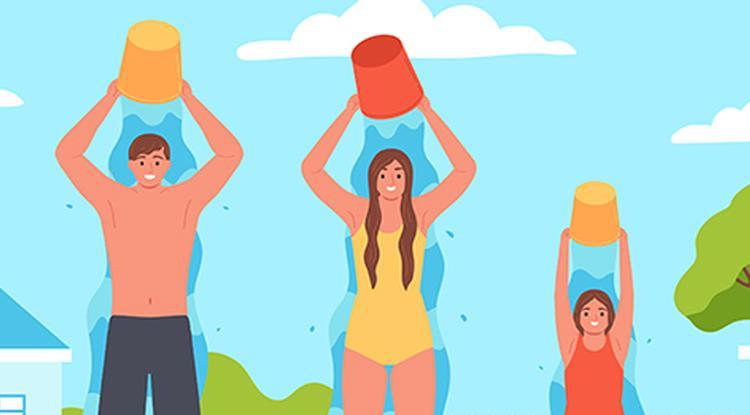
Conditioning is a set of preventive procedures that increase the body’s resistance to external adverse effects. Conditioning allows you to maintain a healthy shape and normal functioning even with rapidly changing environmental factors.
Conditioning promotes:
- training of the immune system
- good functioning of thermoregulation mechanisms
- increasing the general and body’s specific resistance
- to adverse external influences
- increasing the tone of the nervous and muscular systems
- developing the body’s endurance
- increasing resistance to diseases
- improving blood circulation
- accelerating metabolic processes
When conditioning the body, it is necessary to take into account age, body characteristics, time of year, natural conditions, pulse and blood pressure, and general well-being.
Forms of conditioning:
Aerotherapy (air conditioning) - air baths, walks in the fresh air. This is the simplest and most accessible method of conditioning, having a positive effect on the psycho-emotional state of a person, causing a feeling of vigor and freshness.
There are:
- warm air baths (air temperature 25-30°C)
- cool (14-20°C)
- cold (below 14°C)
Air baths are taken in the fresh air, in well-landscaped areas, in urban home conditions - on balconies, in ventilated rooms with moderately cooled air.
An effective form of conditioning the upper respiratory tract is considered to be sleeping in a room with an open window in winter.
It is advisable to combine being outdoors with active movements (in winter - skating, skiing, in summer - physical exercises, outdoor games).
Heliotherapy (conditioning by the sun) – body exposure to sunlight and heat. This type of conditioning should be approached with great responsibility, observing the rules and regimes of conditioning by the sun, carried out in stages, taking into account the age, health of a person, climatic and natural conditions. Burns, heat strokes and overheating of the body are strictly prohibited.
Hydrotherapy (conditioning with water) - baths, pool, contrast shower, dousing, rubbing, foot baths. This is the most effective and varied method of conditioning based on the high heat transfer of the human body, since the heat capacity of water significantly exceeds the heat capacity of air. In addition, when bathing, water, air and sun act simultaneously.
According to the temperature regime, there are:
- cold baths (water temperature less than 20°C)
- cool (20-30°C)
- indifferent (34-36°C)
- warm (37-39°C)
- hot (more than 40°C).
Regardless of the form of hardening (air, sun, water), it is necessary to adhere to universal principles that allow you to begin hardening at any time of the year.
Conditioning principles
- Gradualism. Gradually to increase the number of procedures, their intensity and duration.
- Consistency. To perform procedures regularly/systematically, without long breaks.
- Individuality. To take into account age, health, lifestyle, presence of chronic diseases and other factors.
- Complexity. It is advisable to use several conditioning factors simultaneously in combination with moderate loads, rational nutrition and adherence to the daily routine.
- Activity. Efficiency increases several times if the procedures are carried out at an active pace and combined with various physical exercises.
- Self-control. To monitor the results. The right actions will be indicated by a good appetite, sound sleep, increased performance and improved well-being.
- Correct motivation for your own actions. Hardening procedures should be accompanied by a good mood and a desire to improve your own health.
Remember! Everyone can and should harden themselves, start small: walk more, ventilate the rooms more often, walk around the house barefoot, wipe yourself with a towel soaked in cool water, wash yourself with cool water. Then choose the form of conditioning that you like the most!



